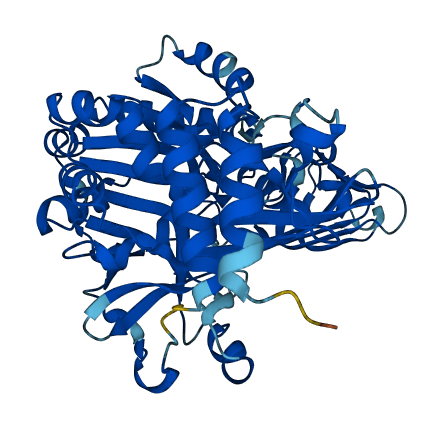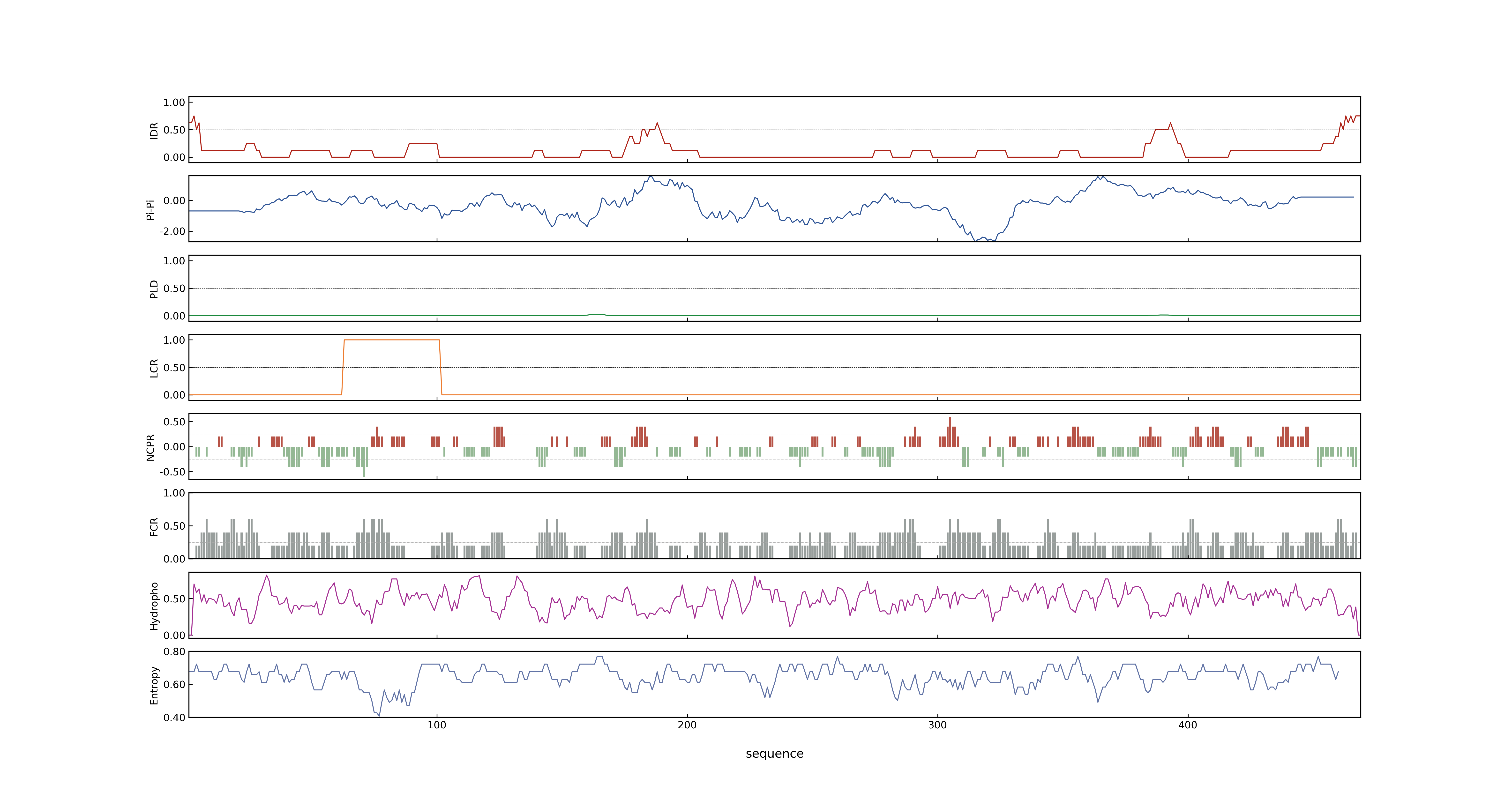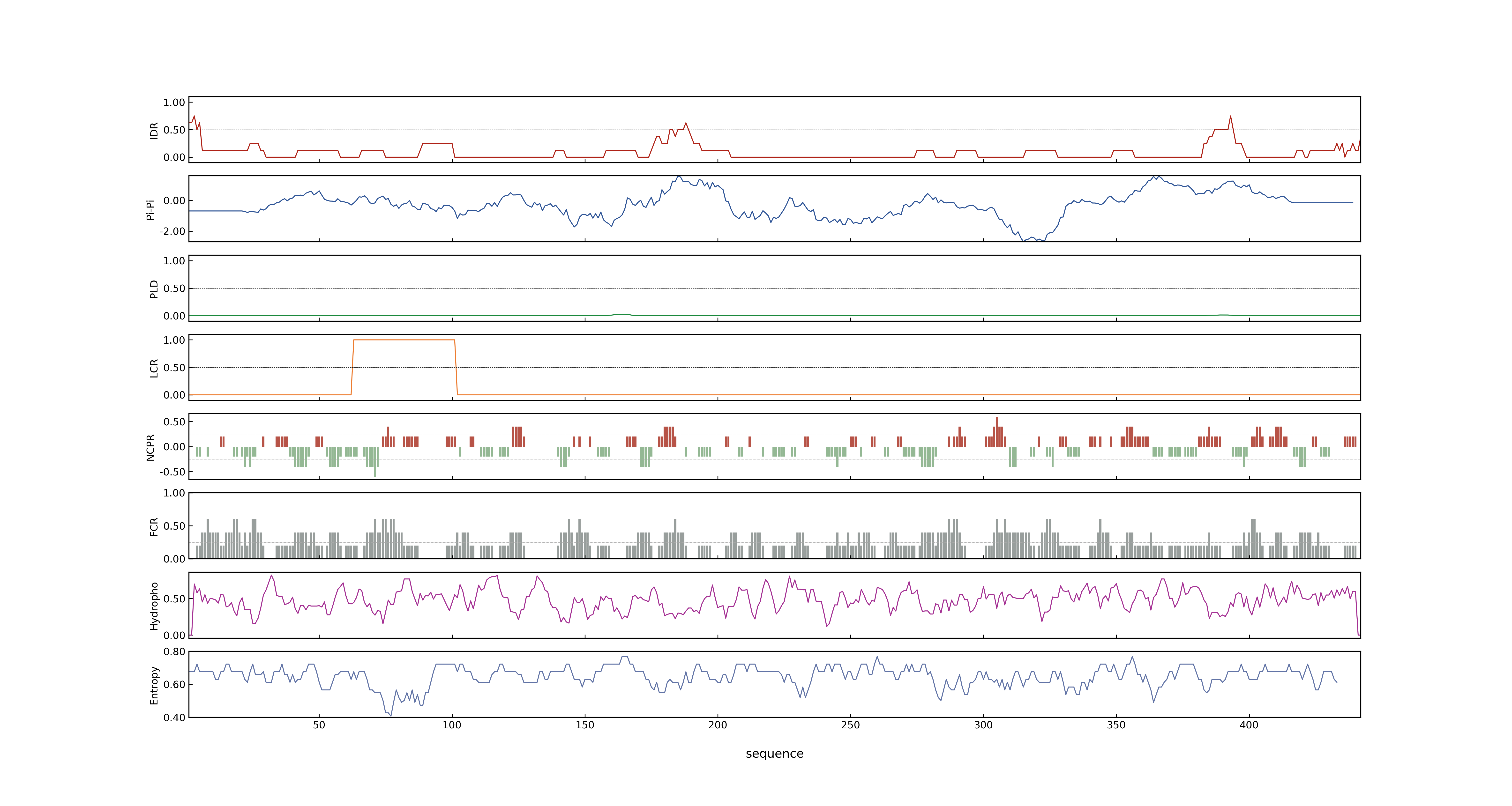- Information
- Symbol: OsUgp1,Ugp1,UGPase1
- MSU: LOC_Os09g38030
- RAPdb: Os09g0553200
- PSP score
- LOC_Os09g38030.1: 0.2687
- LOC_Os09g38030.2: 0.2123
- PLAAC score
- LOC_Os09g38030.1: 0
- LOC_Os09g38030.2: 0
- pLDDT score
- 94.21
- Protein Structure from AlphaFold and UniProt
- MolPhase score
- LOC_Os09g38030.1: 0.00245983
- LOC_Os09g38030.2: 0.00927309
- MolPhase Result
- Publication
- UDP-glucose pyrophosphorylase2 OsUgp2, a pollen-preferential gene in rice, plays a critical role in starch accumulation during pollen maturation, 2009, Chinese Science Bulletin.
- Rice UDP-Glucose Pyrophosphorylase1 Is Essential for Pollen Callose Deposition and Its Cosuppression Results in a New Type of Thermosensitive Genic Male Sterility, 2007, The Plant Cell Online.
- Inactivation of the UGPase1 gene causes genic male sterility and endosperm chalkiness in rice Oryza sativa L., 2008, Plant J.
- Cloning of cDNA for UDP-glucose pyrophosphorylase and the expression of mRNA in rice endosperm, 2002, Theor Appl Genet.
- Genbank accession number
- Key message
- The suppression of UGPase by the introduction of a UGPase1-RNAi construct in wild-type plants nearly eliminated seed set because of the male defect, with developmental retardation similar to the ms-h mutant phenotype, whereas overexpression of UGPase1 in ms-h mutant plants restored male fertility and the transformants produced T(1) seeds that segregated into normal and chalky endosperms
- Our results suggest that UGPase1 plays a key role in pollen development as well as seed carbohydrate metabolism
- OsUgp1 has recently been reported to be essential for callose deposition during pollen mother cell and meiosis stages as well as for seed carbohydrate metabolism
- OsUgp2 complements OsUgp1 to fulfill the UGPaseÃÂÃÂÃÂÃÂÃÂÃÂÃÂâÃÂÃÂÃÂÃÂÃÂÃÂÃÂÃÂÃÂÃÂÃÂÃÂÃÂÃÂÃÂÃÂs functions necessary for the full process of pollen development
- Pollen mother cells (PMCs) of Ugp1-silenced plants appeared normal before meiosis, but during meiosis, normal callose deposition was disrupted
- These results demonstrate that rice Ugp1 is required for callose deposition during PMC meiosis and bridges the apoplastic unloading pathway and pollen development
- We report a functional characterization of rice Ugp1, which is expressed throughout the plant, with highest expression in florets, especially in pollen during anther development
- Expressing a double-stranded RNA interference construct in Ugp1-RI plants resulted in complete suppression of both Ugp1 and Ugp2, together with various pleiotropic developmental abnormalities, suggesting that UGPase plays critical roles in plant growth and development
- In addition, both phenotypes were co-segregated with the UGPase1 transgene in segregating T(1) plants, which demonstrates that UGPase1 has functional roles in both male sterility and the development of a chalky endosperm
- Inactivation of the UGPase1 gene causes genic male sterility and endosperm chalkiness in rice (Oryza sativa L.)
- Ugp1 silencing by RNA interference or cosuppression results in male sterility
- Connection
- OsUgp1~Ugp1~UGPase1, OsUgp2~Ugp2, UDP-glucose pyrophosphorylase2 OsUgp2, a pollen-preferential gene in rice, plays a critical role in starch accumulation during pollen maturation, Two homologous UGPase genes, OsUgp1 and OsUgp2, exist in rice genome
- OsUgp1~Ugp1~UGPase1, OsUgp2~Ugp2, UDP-glucose pyrophosphorylase2 OsUgp2, a pollen-preferential gene in rice, plays a critical role in starch accumulation during pollen maturation, OsUgp2 complements OsUgp1 to fulfill the UGPaseÃÂÃÂÃÂÃÂÃÂÃÂÃÂâÃÂÃÂÃÂÃÂÃÂÃÂÃÂÃÂÃÂÃÂÃÂÃÂÃÂÃÂÃÂÃÂs functions necessary for the full process of pollen development
- OsUgp1~Ugp1~UGPase1, OsUgp2~Ugp2, Rice UDP-Glucose Pyrophosphorylase1 Is Essential for Pollen Callose Deposition and Its Cosuppression Results in a New Type of Thermosensitive Genic Male Sterility, The rice (Oryza sativa) genome contains two homologous UGPase genes, Ugp1 and Ugp2
- OsUgp1~Ugp1~UGPase1, OsUgp2~Ugp2, Rice UDP-Glucose Pyrophosphorylase1 Is Essential for Pollen Callose Deposition and Its Cosuppression Results in a New Type of Thermosensitive Genic Male Sterility, Expressing a double-stranded RNA interference construct in Ugp1-RI plants resulted in complete suppression of both Ugp1 and Ugp2, together with various pleiotropic developmental abnormalities, suggesting that UGPase plays critical roles in plant growth and development
Prev Next


